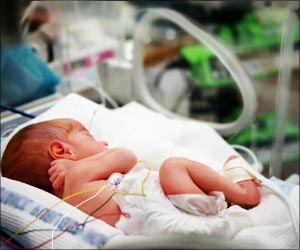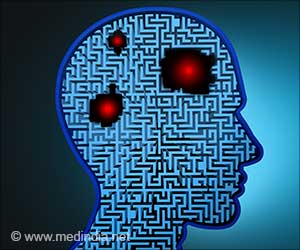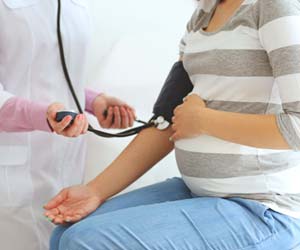Breast Tumor Cells may develop due to changes in the tissue environment of the breast that occur after pregnancy, according to a paper by McDaniel.
Breast Tumor Cells may develop due to changes in the tissue environment of the breast that occur after pregnancy, according to a paper by McDaniel. This study has found a place in the February issue of The American Journal of Pathology.
The stages of pregnancy, lactation, and involution dictate drastic changes in the tissues of the human breast, resulting in multiplication, differentiation and death of mammary cells. This happens due to the alteration in the environment surrounding the cells, technically termed as the extra cellular matrix. The findings suggest an epidemiological link between breast cancer after pregnancy and inadequate diagnosis.Dr. Pepper Schedin led a team of researchers at the University of Colorado Health Science Center, which compared the extracellular matrix from mammary glands of rats in the stage of post-lactation involution to that of virgin rats. The study revealed that the involution matrix comprised greater levels of matrix proteases and degraded proteins and generally more matrix proteins than virgin matrix, suggesting that the involution matrix was experiencing significant changes in its structure. Differences in the source of the matrix popped up when “normal” human breast cells were grown on each matrix.
This sought to establish that human breast tumor cells migrated in a better fashion through the involution matrix rather than through the virgin matrix. The group thereafter conducted in vivo studies to confirm the hypothesis that post-lactation involution matrix promotes tumor cell migration, called metastasis..
The alterations in the extra cellular matrix that take place post-pregnancy involution may actually bring about metastasis of breast cancer following pregnancy. This study indicates the progress made in studying specific gene mutations to studying the tumor environment, intensifying and gaining added focus in recent years.











